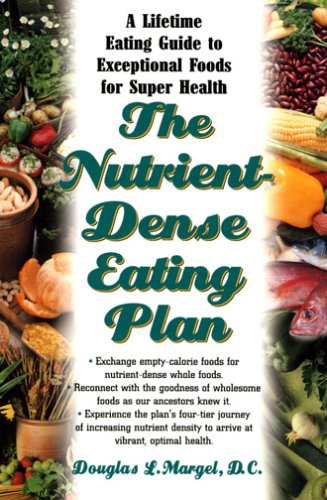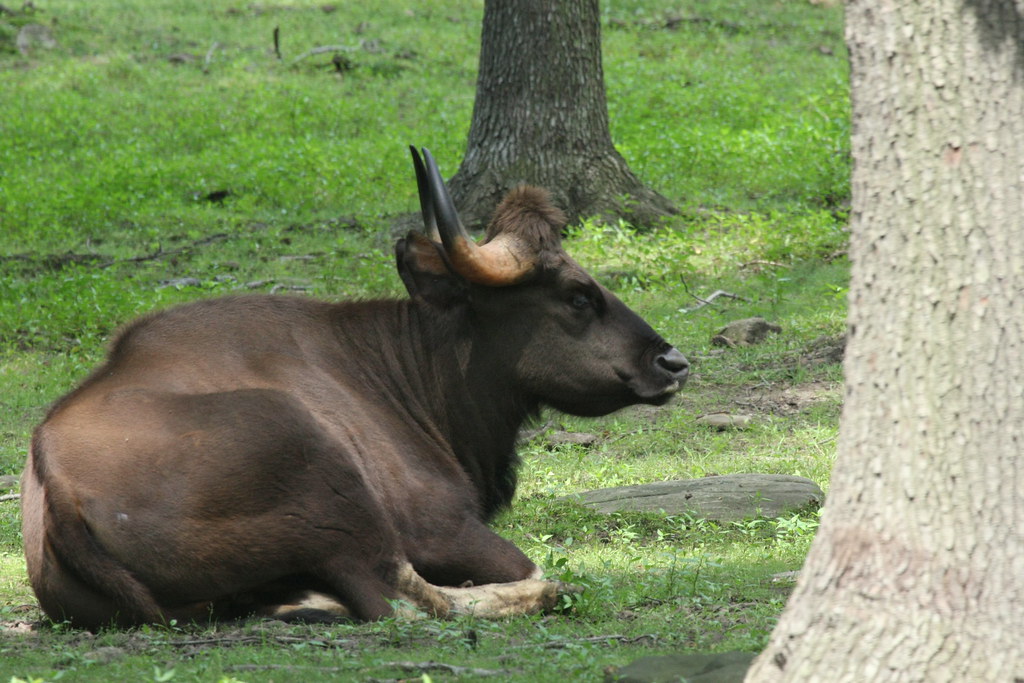GRASS SEED FOR DENSE SHADE : FOR DENSE SHADE
Grass Seed For Dense Shade : Instant Shades.
Grass Seed For Dense Shade
- narrow-leaved green herbage: grown as lawns; used as pasture for grazing animals; cut and dried as hay
Cover (an area of ground) with grass
cover with grass; "The owners decided to grass their property"
Feed (livestock) with grass
Inform the police of criminal activity or plans
shoot down, of birds
- slow to learn or understand; lacking intellectual acuity; "so dense he never understands anything I say to him"; "never met anyone quite so dim"; "although dull at classical learning, at mathematics he was uncommonly quick"- Thackeray; "dumb officials make some really dumb decisions"; "he was
- Having the constituent parts crowded closely together
- permitting little if any light to pass through because of denseness of matter; "dense smoke"; "heavy fog"; "impenetrable gloom"
- (of a text) Hard to understand because of complexity of ideas
- Closely compacted in substance
- having high relative density or specific gravity; "dense as lead"
- Darken or color (an illustration or diagram) with parallel pencil lines or a block of color
- Cover, moderate, or exclude the light of
- relative darkness caused by light rays being intercepted by an opaque body; "it is much cooler in the shade"; "there's too much shadiness to take good photographs"
- shadow: cast a shadow over
- Screen from direct light
- represent the effect of shade or shadow on
- A flowering plant's unit of reproduction, capable of developing into another such plant
- The cause or latent beginning of a feeling, process, or condition
- a small hard fruit
- go to seed; shed seeds; "The dandelions went to seed"
- a mature fertilized plant ovule consisting of an embryo and its food source and having a protective coat or testa
- A quantity of these
The Nutrient Dense Eating Plan: Enjoy a Lifetime of Super Health with This Fundamental Guide to Exceptional Foods

"Nutrient-dense eating" refers to the nutritional quality of a food and to the highly concentrated, vitally important foods eaten on the plan. They are the opposite of empty-calaorie foods that eventually degrade health and lead to debiltating diseases, such as cancer, diabetes, heart disease, and obesity, says Douglas L. Margel, D.C. He believes the dominant eating disorder of this culture is the ambivalent, adversarial relationship people have with food. In this carefully focused book, he elaborates on the reasons for this, among them the complete capture of our food habits by the profit-oriented, chemical-dependent agribusinesses and fast-food companies. Dr. Margel believes that reconnecting to ancestral wisdom to food as it alwasys was, pure and simple-with people understanding that you are what you eat and eating as if it really mattered-holds the key to stopping the downward spiral of poor eating patterns that lead to even poorer health. The way to achieve this, he says, is through the Nutrient-Dense Eating Plan, a commonsense approach to food and the ways people choose to eat, and an easily understandable way to evalutate food for its quality.

88% (16)
Gaur

The gaur ( /??a??r/; Bos gaurus), also called Indian bison, is a large bovine native to South Asia and Southeast Asia. The species is listed as vulnerable on the IUCN Red List since 1986 as the population decline in parts of the species' range is likely to be well over 70% over the last three generations. Population trends are stable in well-protected areas, and are rebuilding in a few areas which had been neglected.
The gaur is the largest species of wild cattle, bigger than the African buffalo, the extinct aurochs, and wild water buffalo. The domesticated form of the gaur is called gayal or mithun.
The Malayan gaur is called seladang, and the Burmese gaur is called pyoung.
Gaur are said to look like water buffalo at the front and domestic cattle at the back. They are the heaviest and most powerful of all wild cattle, and are among the largest living land animals; only elephants, rhinos and hippos consistently grow larger, and the weight of gaur may equal or even surpass that of a giraffe. Males have highly muscular bodies, with distinctive dorsal ridges and large dewlaps, forming a very powerful appearance. Females are substantially smaller, and their dorsal ridges and dewlaps are less developed. Their dark brown coats are short and dense. There are dewlaps under the chin which extend between the front legs. They have shoulder humps, especially pronounced in adult males.
Body length: 250 to 360 centimetres (8 to 10 ft)
Shoulder height: 170 to 220 centimetres (6 to 7 ft) On average, males stand about 180 to 190 centimetres (5 ft 11 in to 6 ft 2.8 in) at the shoulder, females about 20 centimetres (8 in) less.
Tail length: 70 to 100 centimetres (28 to 39 in)
Weight: Males often 1,000 to 1,500 kilograms (2,200 to 3,300 lb), females 700 to 1,000 kilograms (1,500 to 2,200 lb) Weights vary between subspecies. Among the three subspecies, the southeast Asian gaur are the largest, and the Malayan gaur, or seladang, are the smallest. Male Indian gaur average 1,300 kilograms (2,900 lb), and the largest individuals may exceed 2,000 kilograms (4,400 lb); whereas Malayan gaur usually weigh 1,000–1,300 kilograms (2,200–2,900 lb). The largest of all gaur, the southeast Asian gaur, weigh about 1,500 kilograms (3,300 lb) for an average male.
The gaur has a high convex ridge on the forehead between the horns, which bends forward, causing a deep hollow in the profile of the upper part of the head. There is a prominent ridge on the back. The ears are very large; the tail only just reaches the hocks, and in old bulls the hair becomes very thin on the back. In colour, the adult male gaur is dark brown, approaching black in very old individuals; the upper part of the head, from above the eyes to the nape of the neck, is, however, ashy gray, or occasionally dirty white; the muzzle is pale coloured, and the lower part of the legs are pure white or tan. The cows and young bulls are paler, and in some instances have a rufous tinge, which is most marked in individuals inhabiting dry and open districts.
Horns are found in both sexes, and grow from the sides of the head, curving upwards. They are regularly curved throughout their length, and are bent inward and slightly backward at their tips. The colour of the horns is some shade of pale green or yellow throughout the greater part of their length, but the tips are black.[3] They grow to a length of 32 to 80 centimetres (13 to 31 in). A bulging grey-tan ridge connects the horns on the forehead. The horns are flattened to a greater or less degree from front to back, more especially at their bases, where they present an elliptical cross-section; this characteristic being more strongly marked in the bulls than in the cows.
The tail is shorter than in the typical oxen, reaching only to the hocks. The animals have a distinct ridge running from the shoulders to the middle of the back; the shoulders may be as much as 12 centimetres (5 in) higher than the rump. This ridge is caused by the great length of the spines of the vertebrae of the fore-part of the trunk as compared with those of the loins. The hair is short, fine and glossy, and the hooves are narrow and pointed.
Gaur historically occurred throughout mainland South and Southeast Asia including Vietnam, Cambodia, Laos, China, Thailand, Peninsular Malaysia, Myanmar, Bangladesh, Bhutan, Nepal, and India. Today, the species is seriously fragmented within its range, and regionally extinct in Sri Lanka.
They are largely confined to evergreen forests, semi-evergreen, and moist deciduous forest but also occur in dry deciduous forest areas at the periphery of their range. Gaur habitat is characterized by large, relatively undisturbed forest tracts, hilly terrain below an altitude of 5,000 to 6,000 ft (1,500 to 1,800 m), availability of water, and an abundance of forage in the form of grasses including bamboo, shrubs, and trees. Their apparent preference for hilly terrain may be partly due to the earlier conversion of most of the plai
Buchloe dactyloides

Buffalograss. Warm season stoloniferous grass. Turf substitute. Groundcover. Spreader.
Digitalis lantana. Grecian Foxglove. Biennial. Part shade Moist, well-drained soil. Medicinal herb.
Santolina chamaecyparissus. Grey-green Lavendar Cotton. Perennial. Drought tolerant.
Santolina rosmarinifolia. Dark Green Lavendar Cotton. Perennial. Drought tolerant.
Echinops nitro 'Artic Glow'. Artic Glow Globe Thistle. Perennial. Full sun. Spiny flower head.
Molina caerulea var. arundinacea. Tall Purple Moor Grass. Perennial grass. Moist, fertile soil. Full sun. Slow growing to maturity. Sheds previous years foliage.
Miscanthus sinensis 'Graziella'. Japanese Silver Grass. Perennial. Full sun. Most soil conditions. Inflorescence is silver-white lasting through late winter.
Deschampsia caespitpsa 'Goldstaub'. Tufted Hair Grass. Perennial grass. Full sun/part shade. Moist soils.
Asclepias tuberosa. Butterfly Weed. Perennial milkweed loved by butterflies. Full sun. Dry soil. Needs drainage.
Hibiscus coccineus. Hibiscus/Rose Mallow. Perennial. Blooms in mid to late summer. Large flowers. Many hybrids and cultivars. Dies down in fall. Short blooming time.
Bergenia cordifolia. Bergenia/Pig Squeak. Perennial evergreen. Full sun/part shade. Used for its foliage as groundcover, border, or massed.
Asarum europaeum. European Wild Ginger. Perennial. Shiny foliage. Moist, rich, shaded soils.
Panicum virgatem 'Prarie Sky'. Blue Switch Grass. Perennial grass. Full sun. Tolerant of dry soil and part shade. Used in masses. Winter interest.
Tradescantia x andersoniana 'Blue and Gold'. Spiderwort. Perennial. Sun/part shade. Prefers moist soil. Profuse flowering in part shade. Doesn't like heat.
Anenome hybrids. Japanese Anenome. Perennial. Mounds of white or pink flowers. Blooms in late summer or fall. Prefers some shade in late afternoon.
Lavatera trimestris 'Mont Blanc'. Annual Mallow. Annual/perennial. Mounded form. Profuse flowers in summer.
Aegopodium podagraria. Bishop's Weed. Perennial. Groundcover. Prefers shade. Moist soil. Aggressive. Weedy in shade. Burns in sunny situations.
Leucanthemum x superbum. Shasta Daisy. Perennial. Fertile, moist, well-drained soil. Blooms profusely for short period in full sun. Spreads quickly.
Crocosmia hybrids. Crososmia. Tender perennial. Corm. Flowers in summer. Vibrant colors. Full sun. Containers. Likes moisture.
Delosperma nubigenum. Hardy Yellow Ice Plant. Perennial. Succulent. Groundcover. Good drainage.
Armeria maritima. Common Thrift. Perennial. Dense, mounded foliage. Flowers in mid to late spring. Rock gardens. Dry, hot locations. Pink, chive-like bloom.
Alchemilla mollis. Lady's Mantle. Perennial. Cool, moist soil. Self sows. Groundcover or mass planting.
Ligularia species. Ligularia. Perennial. Large leaves. Yellow flower on upright stalks. Blooms in early to midsummer.
Eupatorium purpureum. Joe-Pye Weed. Perennial. Tall plant for full sun. Abundant moisture. Flowers in late summer or fall. Native to eastern U.S.
Miscanthus sinensis 'Strictus'. Porcupine Grass. Perennial, large grass with yellow bands horizontally on leaf blades.
Verbena bonariensis. Brazilian Verbena. Tender perennial. Upright form with few leaves. Self seeds.

grass seed for dense shade

Konjac root is the source of one of nature's most beneficial soluble fibers--glucomannan. It can actually absorb and hold water up to 100 times its own weight! Konjac makes an excellent bulk-forming agent and may have a positive influence on blood sugar levels by delaying stomach emptying. These actions also promote healthy cholesterol levels, thereby supporting cardiovascular health. If you're looking for a konjac fiber supplement that's more than just bulk, try our Fiber Dense Glucomannan. It's 100% pure, 100% natural and 100% effective.
See also:
car sun shades
white 10x10 canopy
triangle canopies
sidelight shutters
shades of red for hair color
shade at the beach
first up canopy replacement parts
bamboo roller blinds
canopy arenal
|
